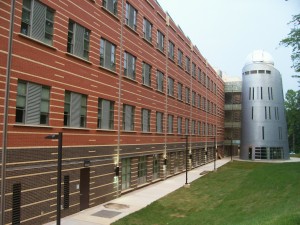In the northern hemisphere, the longest day of the year when the Sun is farthest north. The summer solstice marks the first day of the season of summer. In the southern hemisphere, this is your winter solstice, marking the shortest day of the year. The declination of the Sun on the (northern) summer solstice is known as the tropic of cancer (23° 27′).
http://scienceworld.wolfram.com/astronomy/SummerSolstice.html
Saturn rules the summer sky, but on this night, the ringed planet truly takes center stage. When it reaches opposition (its closest approach to the Earth), Saturn will be bright and fully illuminated by the Sun. You may even notice that its rings look brighter than usual thanks to a phenomenon known as the Seeliger Effect. Take it all in! Saturn’s rings will be visible in even small aperture telescopes.
A medium-sized or larger telescope will allow you to see Saturn’s rings and a few of its brightest moons.

Our meetings on the second Sunday of the Month, The events are normally held evening at 7:00 pm in Research Hall Room 163 on the campus of George Mason University.
Our meetings web page, has directions and additional details.
We look forward to seeing you on Sunday evenings!

Our meetings on the second Sunday of the month, online.
Our meetings web page, has additional details.
We look forward to seeing you on Sunday evenings!
see http://cantonbecker.com/retrograde for details…
What a night for stargazing! The Aquarids meteor shower will be nearly peaking… and while you’re waiting for the total lunar eclipse, check out Mars: The red planet will be at its closest approach to Earth and its face will be fully illuminated by the Sun. It will be brighter than any other time of the year and will be visible all night long. This is the best time to view and photograph Mars. A medium-sized telescope will allow you to see some of the dark details on the planet’s orange surface. Try viewing Mars in a large telescope to see if you can spot its polar ice caps or any of the darker regions on the rusty-red surface…

